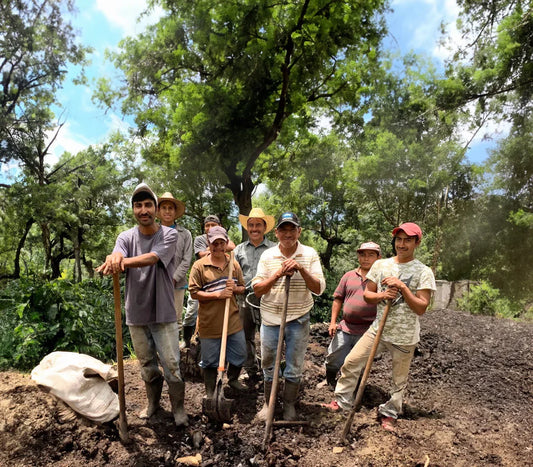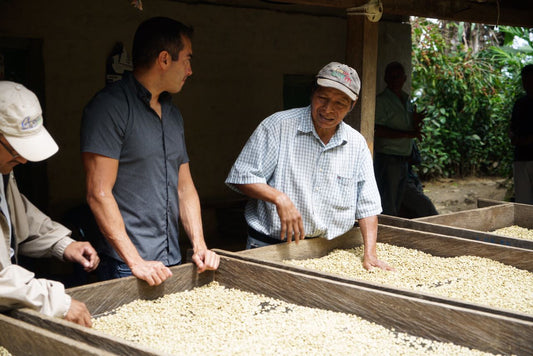
What is a Quinceañera?
Latinos love to party. It’s in our DNA. Mainly because parties give us a chance to spend some time with our loved ones.
Growing up in Latin America, I learned that almost any occasion could be worthy of a big celebration, from birthdays to graduations. But, of course, not every party gets the same treatment.
Table of Contents
For many Latinos, a celebration that deserves a show-stopping party is the quinceñera. Similar to a “sweet sixteen” party, a fiesta de quinceaños celebrates a special moment in a woman’s life.
Although the tradition is understood to have been born centuries ago, it still remains prevalent among current generations.
To this day, girls all over Latin America, the Caribbean, and the US grow up dreaming about the party they will get once they turn fifteen.
What is a Quinceañera?
A quinceañera, also called fiesta de quince años or simply “quince” in some countries, is one of the most popular events celebrated in Central and Latin America.
According to tradition, it marks a coming of age. That’s why quince años parties are a bigger celebration compared to other birthday parties.
Quinceañeras are both a religious and a social event, so it’s common for a religious ceremony to be held before the main celebration.
After the misa de acción de gracias or thanks-giving mass, the birthday girl and all her guests typically move the following celebration somewhere else, whether it’s a big banquet hall or a family member’s house.
Quince años parties tend to be extravagant and can last for hours on end. They typically consist of dinner and dancing afterwards, although there are also some small traditions that are a special part of the celebration that can vary depending on the region.
When Did the Quinceañera Tradition Originate?
The origin of this tradition is not especially clear.
Although the quinceañera holds a number of similarities with US debutante balls, we now have evidence that shows it is rooted in traditions that took place hundreds of years ago.
Ancient Mexican civilizations, such as the Aztecs and the Maya, celebrated specific rite-of-passage customs that could be compared to quinceañera. For example, at 15, boys were inducted as warriors, while girls were honored for their capacity to give new warriors to the community.
Nowadays, quinceañeras are celebrated in many Latin American countries, as well as in the US, although certain aspects of this tradition tend to vary depending on the region. For example, in some countries, the festivities have more religious overtones, while in others, the main focus is the party.
For those who celebrate their quinceañera in the US, it can also have an important symbolic value beyond the idea of “coming of age”.
“The modern quinceañera has become the 21st-century manifestation of what it means to be visible in an American system on your own terms,” said Rachel V. González-Martín, a professor in the Department of Mexican American & Latina/o Studies at the University of Texas. “At the same time, the celebrations create a space that recalls your cultural heritage.”
Although not every Latina girl who turns 15 wants to throw a big party, a fiesta de quinceaños is a tradition that remains popular among young generations. The celebration has even led to the creation of specialized retailers, fashion expos, and a popular reality TV show called “Quiero Mis Quinces”.
All in all, this is a tradition that is passed on from generation to generation and it’s also one of the many ways we like to honor our heritage.

What Happens at a Quinceañera?
Growing up in Mexico, I learned the importance of a quinceañera from a young age.
For as long as I can remember, there have been framed pictures of my mother and my aunts in the dresses they used for their parties hung on my grandparents’ living room walls.
By the time I was in high school, it was common to have a quince años party to attend every other weekend, as most of my friends and schoolmates marked this special occasion.
Although parties differ from family to family, all the fiestas de quince años share certain features including music, good food, and dancing. Some elements that can never be missing at a quinceañera party are:
- Comida. Whether it’s a three-course meal made by a catering company or a buffet-style variety of traditional Latino home-cooked dishes, food plays a crucial role in quinceañera parties. It allows family and friends to take time to sit together and celebrate, while providing another way to remember the occasion.
- Vestido. Quinceañeras wear elegant dresses all through the ceremony and the celebration. In some countries, like Colombia, quinceañeras wear long, formal dresses in light colors which are complemented with accessories, such as a tiara and matching jewelry.
- Damas de honor. Traditionally, the quinceañera was meant to be accompanied by a court composed of 14 ladies and 14 escorts. In Cuba, for example, the damas de honor hold candles that represent the birthday girl’s 14 previous years.
- Chambelanes. As previously mentioned, dancing is an important part of a quinceañera party. In Mexico, it’s common for the quinceañera to waltz with her chambelanes (chamberlains) in a previously choreographed routine that’s meant to be the young girl’s first dance of the night. Chambelanes can be professional dancers or important people in the quinceañera’s life, like her brothers or close friends.
- Baile familiar. Another popular tradition that revolves around dancing is the so-called family dance. This is usually a waltz where the girl dances, first with her father and then with other immediate relatives, her godparents, and even her chambelanes.
- El último juguete. At some point in the night, there is typically a ceremony in which the birthday girl is gifted a toy, such as a doll or a teddy bear. This is meant to represent her last toy, as she’s transitioning into adulthood. In some countries, the quinceañera is expected to pass down the toy to her sister or another younger family member.
All in all, a quinceañera party is an important occasion to mark a key turning point in a young woman’s life. And, like any other Latino celebration, it cannot be complete without friends and family, good food, and music.


